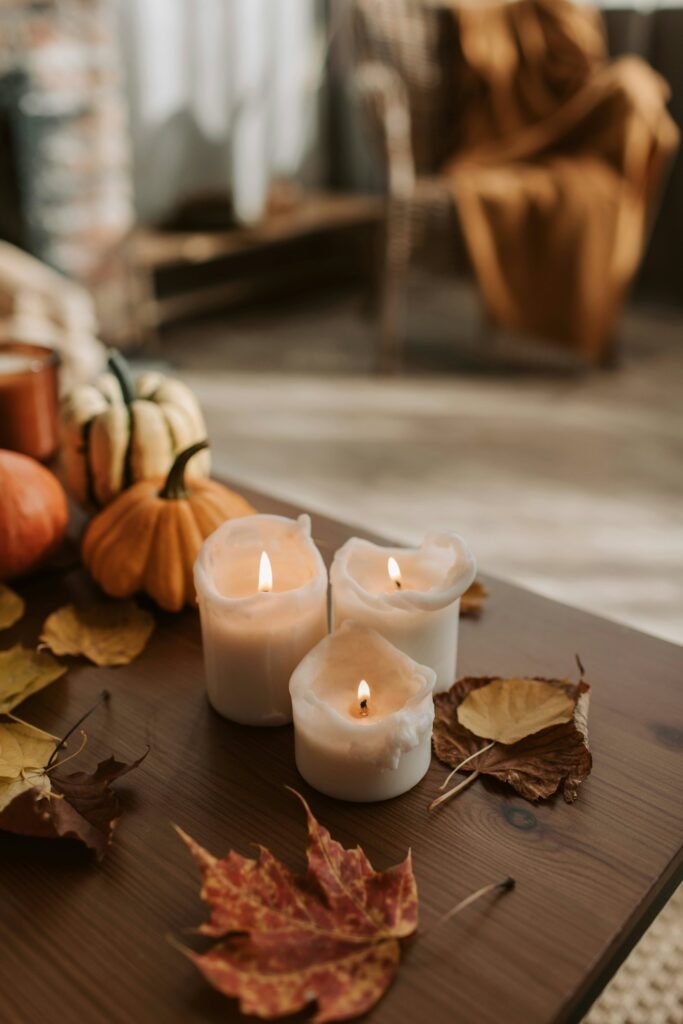“Aesthetic” in Home Staging & Interior Design:
The overall feeling or vibe of a space, encompassing the chosen style"Accessorizing" in Home Staging & Interior Design: The act of adding decorative elements to a space, like placing throw pillows on a sofa or arranging books on a coffee table, to complete the look and inject personality. The Importance of Accessorizing In Home Staging - Why It's Something to Con..., color palette"Color Palettes" in Home Staging & Interior Design: The range of colors chosen for a space, including walls, furniture, fabrics, and décor, setting the overall mood and influencing the perception of size, light, and warmth. The Importance of a Color Palette In Home Staging - Why It's Something ..., texturesMateriality in Home Staging & Interior Design: The selection and combination of materials used in a space, like wood, metal, glass, fabric, and stone. In staging and design, it influences the overall aesthetic, texture, and tactile experience, impacting the mood and functionality of the space. T..., and furniture, and evoking a specific moodTheme in Home Staging & Interior Design: A unifying concept or inspiration for a staged space, influencing décor choices, color palettes, and overall ambience. The Importance of Theme in Home Staging - Why it's Something to Consider A Theme in home staging helps to create a cohesive look and fe... or impression.

The Importance of Aesthetic In Home Staging – Why It’s Something to Consider
Aesthetic, encompassing the style, look, feel, and vibe of a space, is fundamental in interior design and home staging. It refers to the overall visual appeal"Appeal" in Home Staging & Interior Design: The overall attractiveness and desirability of a property to potential buyers, influenced by factors like curb appeal, layout, functionality, and staging. The Importance of Appeal In Home Staging - Why It's Something to Consider Appeal, in the context ... of a room or a home, shaped by various elements like color schemes, furniture, textures, and lighting. A well-executed aesthetic is not just about beauty; it’s about creating a cohesive and harmonious environment that resonates with the inhabitants or potential buyers. In interior design, it’s about reflecting the homeowner’s personalityStyle in Home Staging & Interior Design: The overall aesthetic or design language chosen for a space, influencing furniture selection, décor, color palette, and textures. The Importance of Style in Home Staging - Why it's Something to Consider The Style chosen in home staging sets the overall t... and lifestyle, while in home staging, it’s about presenting a universally appealing space.
In home staging, the aesthetic is carefully curated to appeal to the broadest possible audience. It’s about creating a welcoming and attractive space that potential buyers can connect with emotionally. The right aesthetic can make a home stand out in the market, making it more desirable and potentially increasing its value. It involves a delicate balanceVisual Weight in Home Staging & Interior Design: The perceived heaviness or lightness of objects and elements within a space, influencing balance and visual interest. The Importance of Visual Weight in Home Staging - Why it's Something to Consider Visual Weight in home staging refers to the perc... between making a space look stylish and keeping it neutral enough for buyers to envision their own lives there. The goal is to create a ‘design sensibility’ that feels both aspirational and attainable, inviting buyers to imagine their future in that home.
Tips And Best Practices When Utilizing Aesthetics In Home Staging
Aesthetic in home staging refers to the overall style, look, feel, and vibe of a space. Best practices include:
Understand the Property’s Character: Align the staging aesthetic with the home’s architectural style and character. For example, a contemporary aesthetic may suit a modern condo, while a traditional home may benefit from a classic approach.
Consistency is Key: Maintain a consistent aesthetic throughout the home. This creates a cohesive and harmonious feel.
Appeal to a Broad Audience: Choose an aesthetic that is likely to appeal to a wide range of buyers. Neutral color schemes and universally appealing décor can help achieve this.
Use Trends Wisely: While incorporating current design trends can be effective, it’s important to use them in a way that won’t quickly date the property.
Create a Lifestyle Appeal: The aesthetic should suggest a desirable lifestyle that resonates with potential buyers, making the home more appealing.

